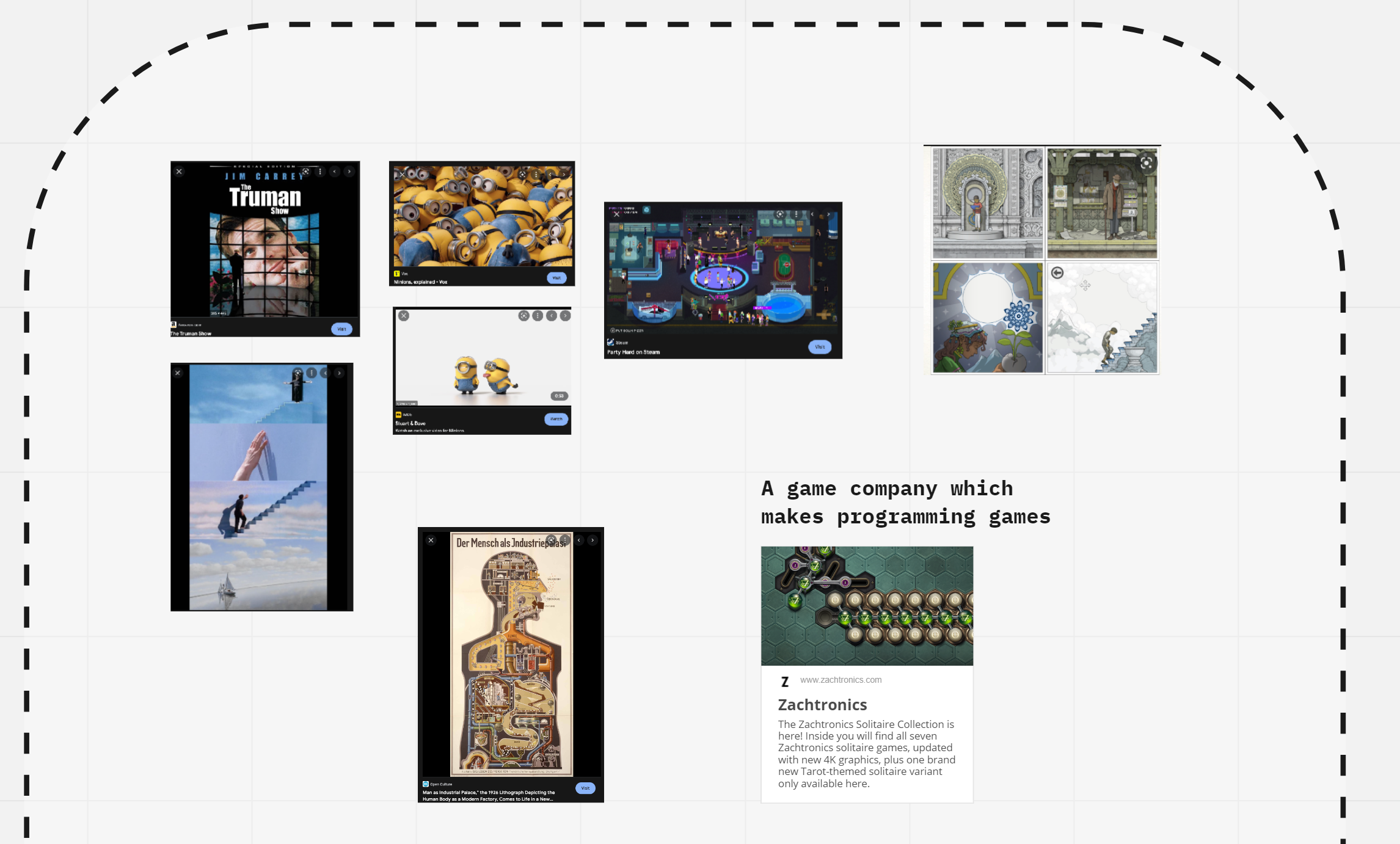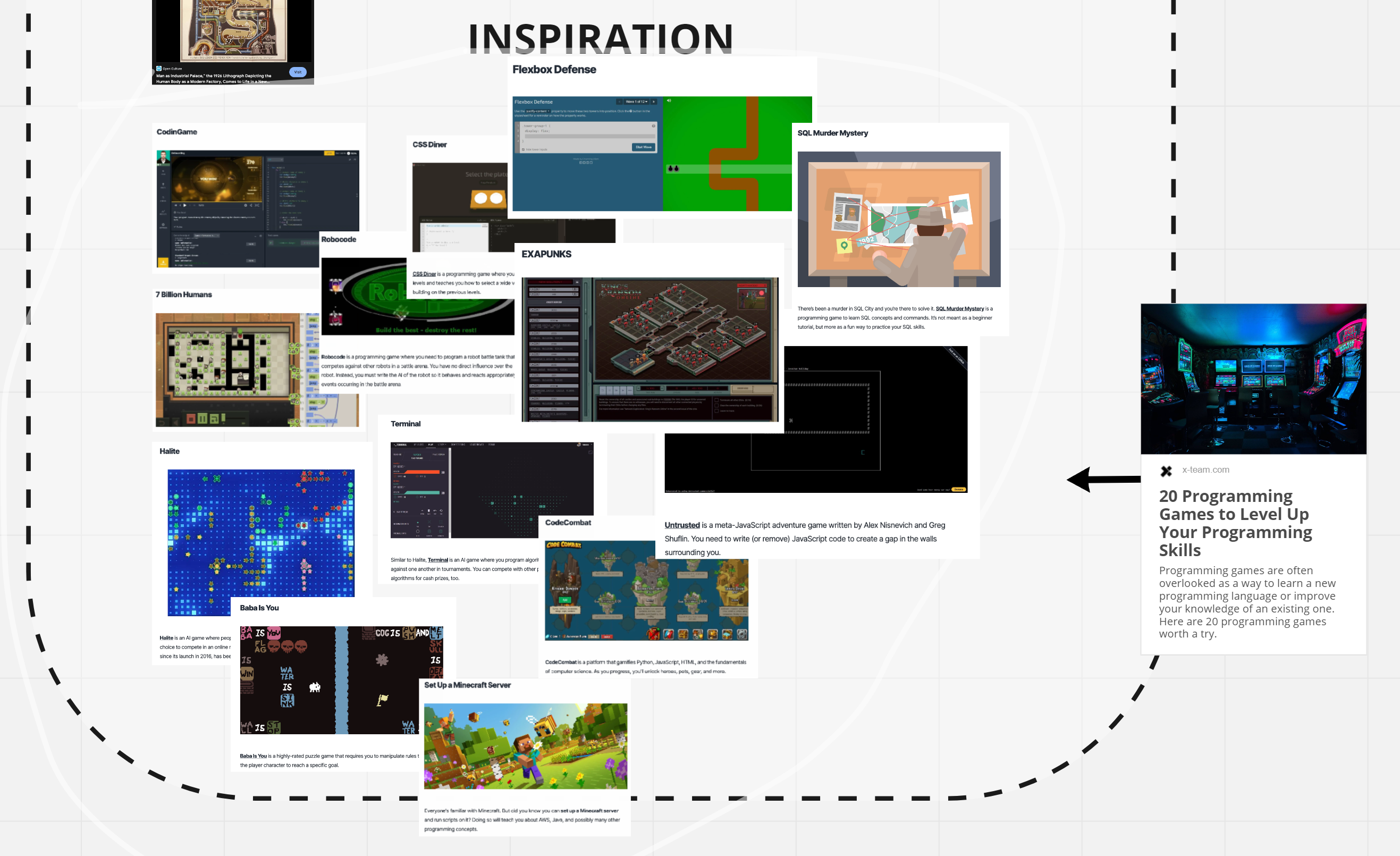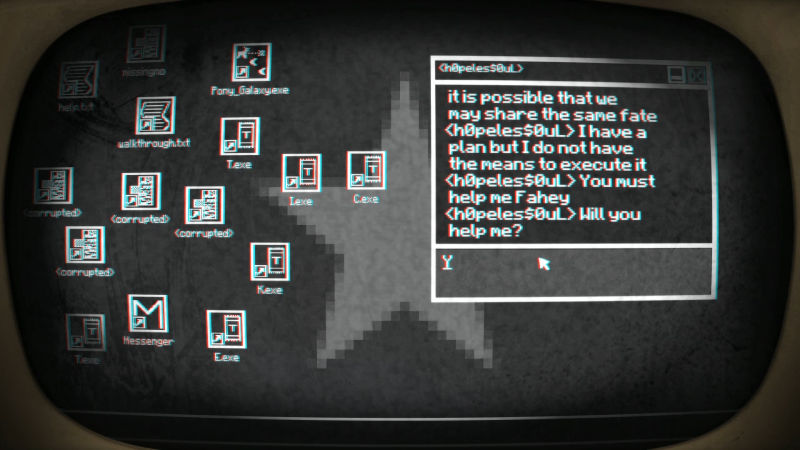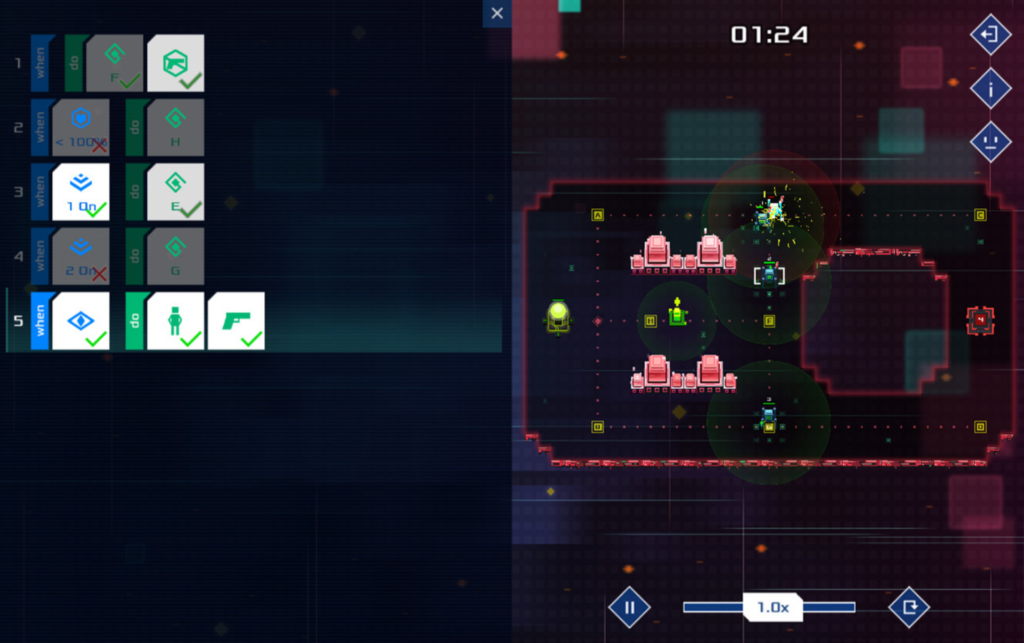Summary
We transferred our producer position to two co-producer as our main producer left the team. We set up the core hours and regular team, instructor, and client meetings. We had our project logo and description. Our artists started to explore the possibilities of using AI-generated paintings in our project. We keep brainstorming as we get prepared for the 1/4 walk-around next week.
Change of Roles
Our producer Zibo had to leave the team due to some personal emergency. We had Jeffrey and Shicai take up the position and become co-producers. It took some effort to shift the ownership of the tools (g-drive, discord, etc) and accommodate the new responsibilities.
- Jeffrey (Chia-Wei) Liu – Game Designer, Co-producer
- Shicai He – Co-producer, Programmer, Artist
- Tiange Zhou – Game Designer, 2D Artist
- Yiming Xiao – Programmer, Game Designer, Tech Artist
Schedule
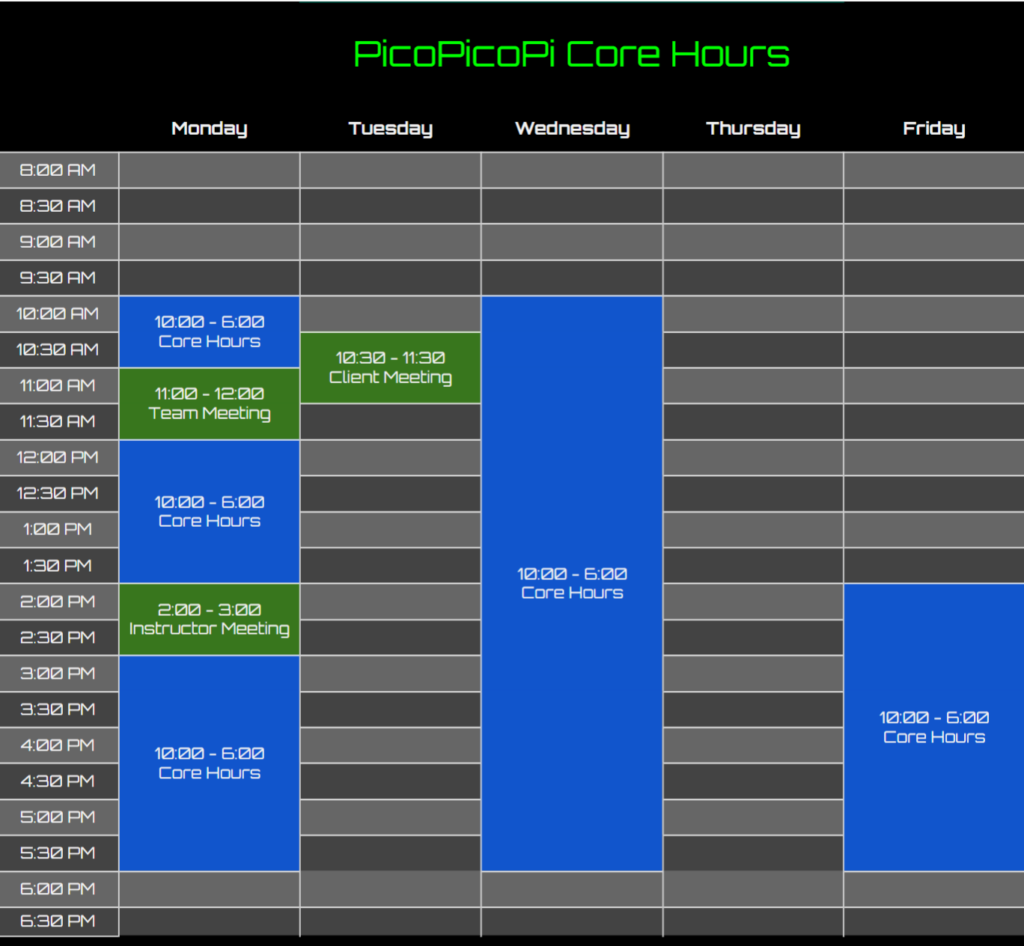
Brainstorm
We continued exploring references and adding things to our Miro board. We particularly found a lot of inspiring games in this article.
Art Reference
There are many styles of pixel art, but we narrowed our art direction down to specifically a lighter and low-detailed cartoonized style, as we got inspired by Garden Story and Turnip Boy Commits Tax Evasion.
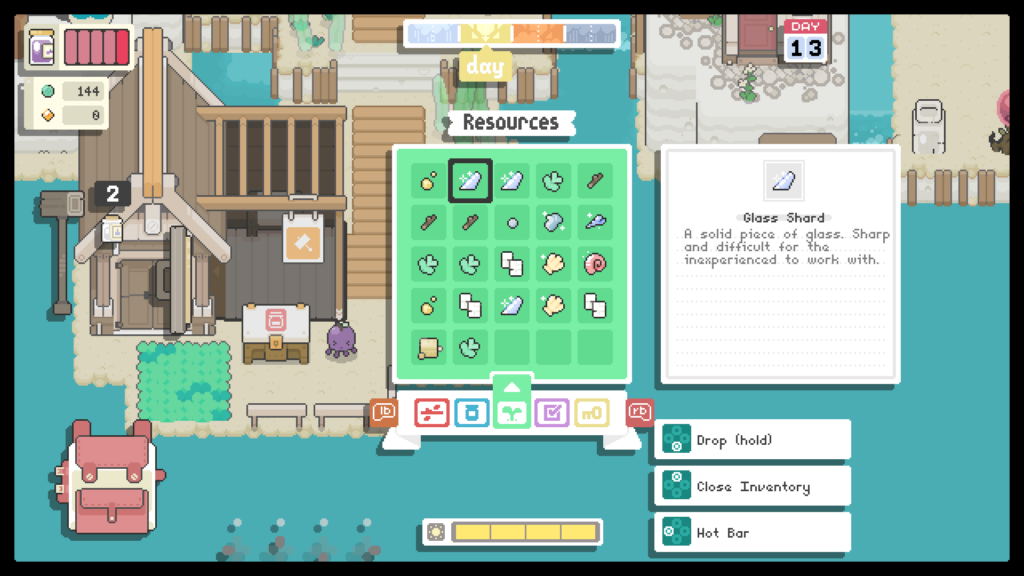
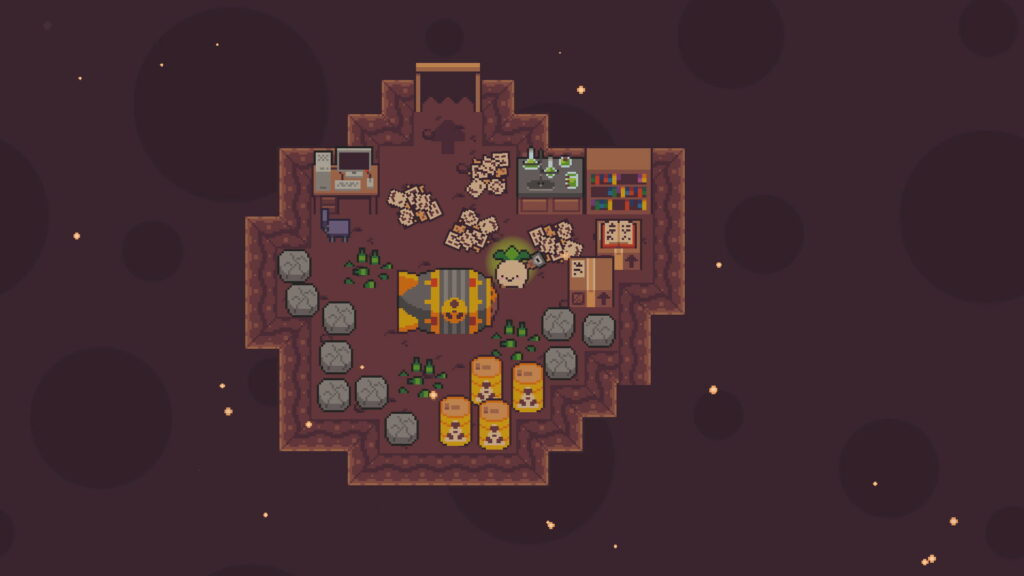
Gameplay Reference
We tried several programming games in this article and got really inspired.
Particularly, Baba is You stood out the most because it asks players to solve puzzles by modifying the statements of rules, and the statements relate to declaration/configuration in programming but are in natural languages.
Pony Island was another game that also impressed us because it required the player to observe patterns, solve riddles, find bugs, and break rules – all without programming skills as a prerequisite, which is very aligned with the concepts we’re trying to present.
Most of the other games required hands-on programming, more or less. But Exception allowed players to program mob AIs with sequences of visual cards, and it didn’t allow complex chaining of functions and expressions – which worked well because less freedom also means easier learning and chances of causing bugs.
Logo
The left bottom image is our final project logo.
The things on the monitor are meant to be seen as a smiling face as a whole.
As our team name is PicoPicoPi, the two sets of “Pico” form the two eyes, with the “pic” as eyelashes and the “O” as pupils, and a tilted “P” serves as a mouth.
We emphasized the letter “I” and put it on the edge of the monitor because it is “I”, i.e. the player, who is breaking the rules in our game. Also, we chose neon green to align with the common color theme of a computer terminal.
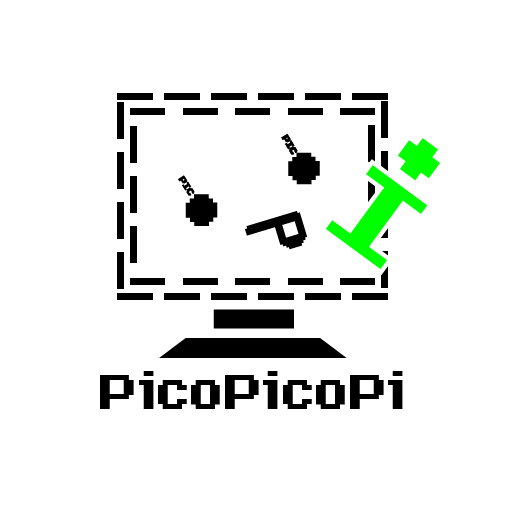
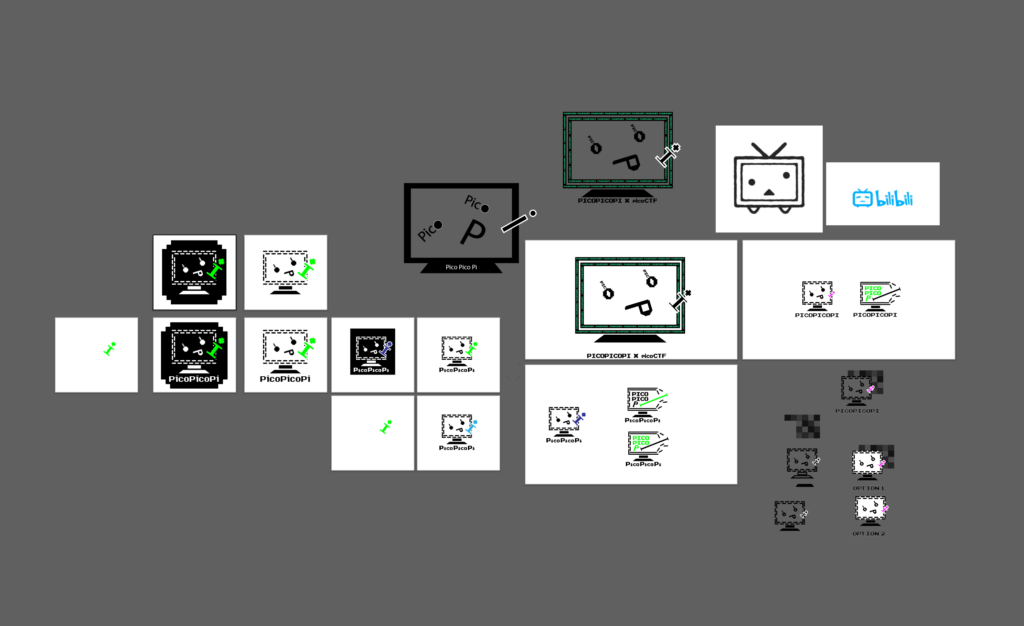
AI-Generated Paintings
As one of the big concerns for our team was that we only have one 2D artist, our programmer & tech artist Yiming brought up the idea of using AI-generated paintings to support both the concept arts and in-game assets.
We explored Stable Diffusion, an AI model that generates images by text description and image iterations. Lexica also provides a search engine for paintings generated by Stable Diffusion on other people’s computers, where we can search images with keywords, get inspired by the text input they use, and fine-tune the texts based on our needs to generate our own images. Below are some images we generated on our own computers.
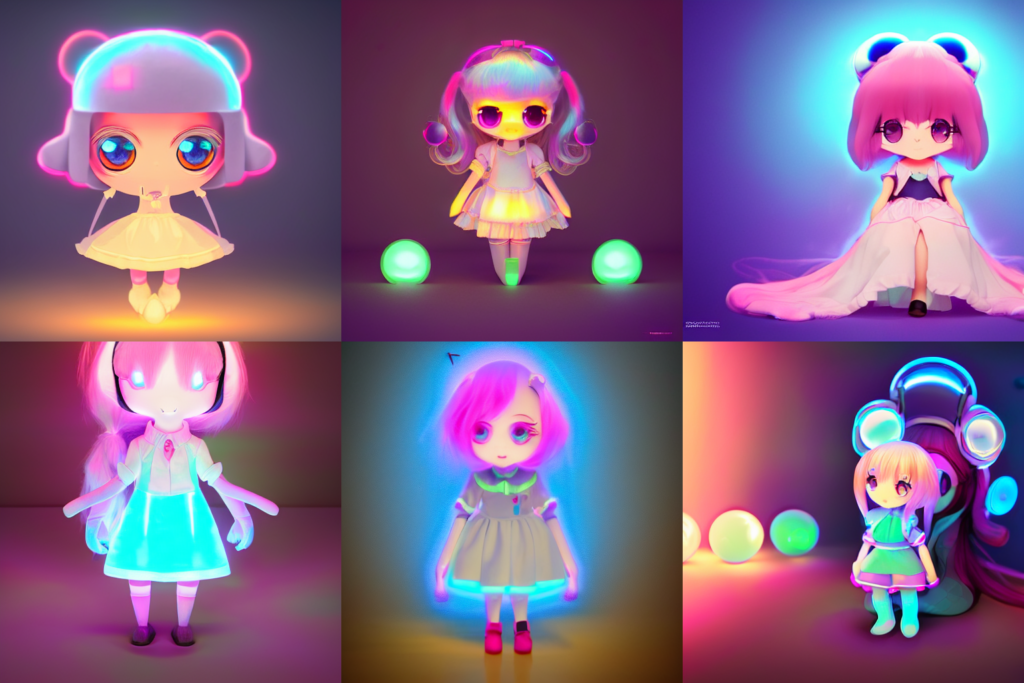
Next Step
Next week is the 1/4 walk-around, so we’ll make slides and prepare for the presentation. We’ll also bring up several potential directions to share with the faculties.
